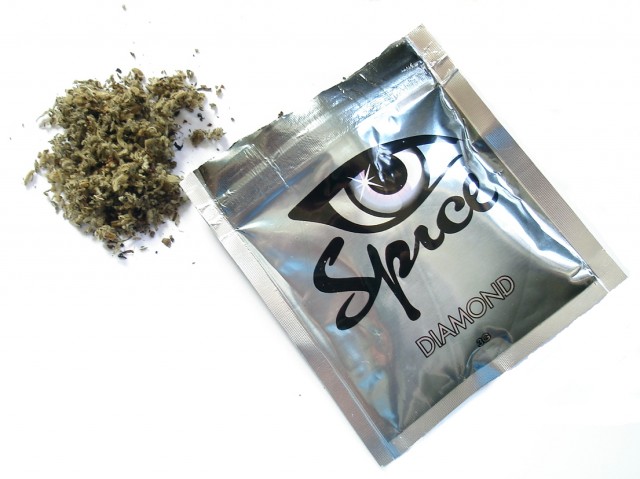 After writing this article about synthetic cannabis, or spice, this past October I was not at all surprised when I read about a new study indicating that emergency visits to the hospital for incidents involving Spice are on the rise.
After writing this article about synthetic cannabis, or spice, this past October I was not at all surprised when I read about a new study indicating that emergency visits to the hospital for incidents involving Spice are on the rise.
According to the article released by the Substance Abuse and Mental Health Services Administration, the number of emergency department hospital visits involving synthetic cannabinoids increased from 11,406 visits in 2010 to 28,531 visits in 2011, nearly tripling the number of incidents.
The report reads, “In 2011, synthetic cannabinoids were the only substances involved in about two-thirds of the synthetic cannabinoid-related ED visits for patients aged 12 to 20 years; for those aged 21 or older, almost half of the synthetic cannabinoid-related ED visits involved only those drugs.” So in a majority of these cases, Spice was the only drug to blame for the emergency.
Spice has become quite popular in recent years, second in use only to real cannabis itself by high school seniors. Part of the appeal to this product for youth may be its easy access and availability. Spice is a legal version of weed, made available for sale as “incense” to avoid federal regulations and can be purchased by anyone in most states in the U.S.
Unlike real cannabis, synthetic cannabis is actually quite dangerous. The effects of spice include rapid heart rate, vomiting, agitation, confusion, hallucinations, increased blood pressure and reduced blood flow to the heart – sounds great right? In a few cases Spice has even been associated with heart attacks.
One popular brand of spice, called “Cloud 9”, is completely mysterious in composition with no information on what is actually in the product. One account from Joseph Rannazzisi, of the DEA’s Office of Diversion Control, found that Cloud 9 is actually a methamphetamine or cocaine substitute, in the same family as products sold as ‘bath salts.’ NBC reporter John Yang noted that Cloud 9 sold in Michigan have “just the name on the label, no other writing. It doesn’t say who made it, where it’s from, or what’s in it”. This might be alarming to some, considering the consumption of spice by teenagers.
So why would anyone want to try Spice when there is perfectly good natural weed to be consumed? It could be that people turn to Spice because they don’t have access to the federally illegal herb. Reason.com writer Jacob Sullum certainly seems to think so, blaming cannabis prohibition as the cause driving people to experiment with synthetic weed.
He wrote, “Thanks to our drug laws, Cloud 9 [one brand of synthetic marijuana] has certain advantages over marijuana: You can buy it cheaply in convenience stores without risking arrest, for instance, and it will not get you thrown out of school or fired from a job because of a positive drug test. To the extent that marijuana prohibition creates a niche for products like Cloud 9, it is driving people away from a well-researched drug that humans have been consuming for thousands of years and toward experimental compounds with unpredictable hazards.”
While I wouldn’t exactly call cannabis well researched yet, Sullum makes a good argument. Lack of access to cannabis and the fact that it won’t show up for drug tests could be the reason Spice has been growing in popularity. There is no way to say for sure, but regardless, this increasing number of emergency visits to the hospital is great cause for concern, and something the feds should contemplate while assessing their cannabis policies.









